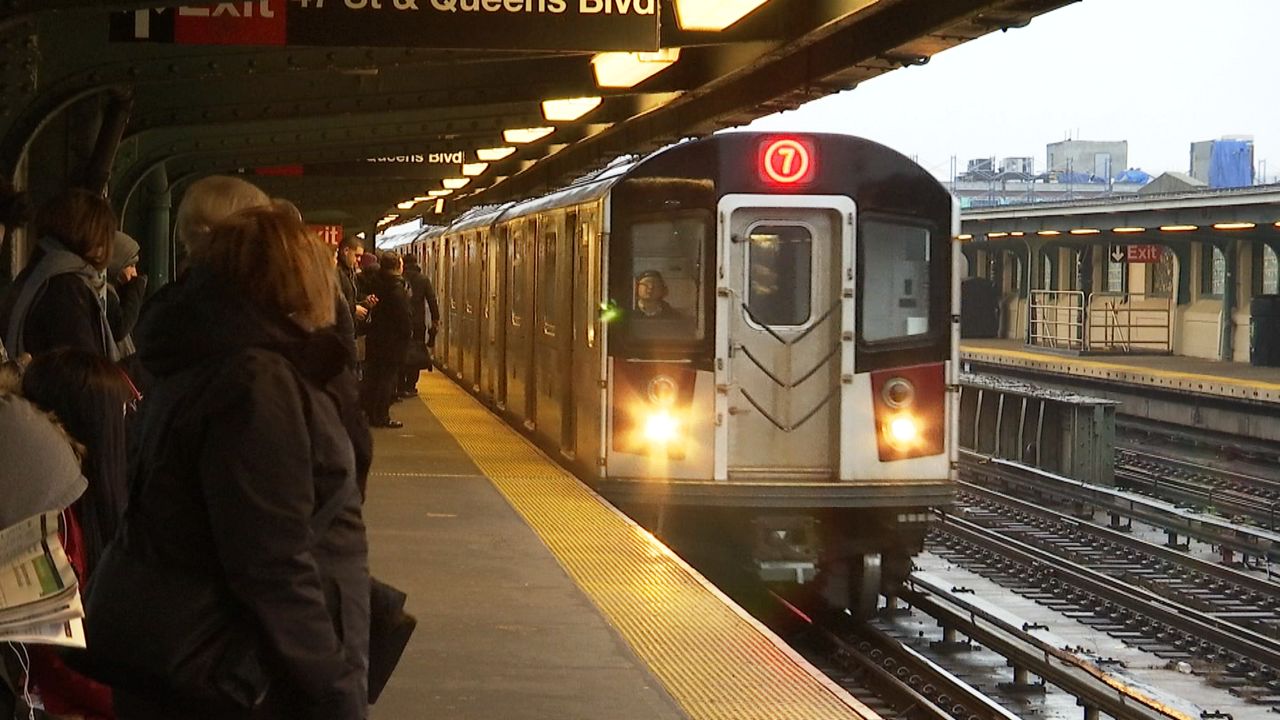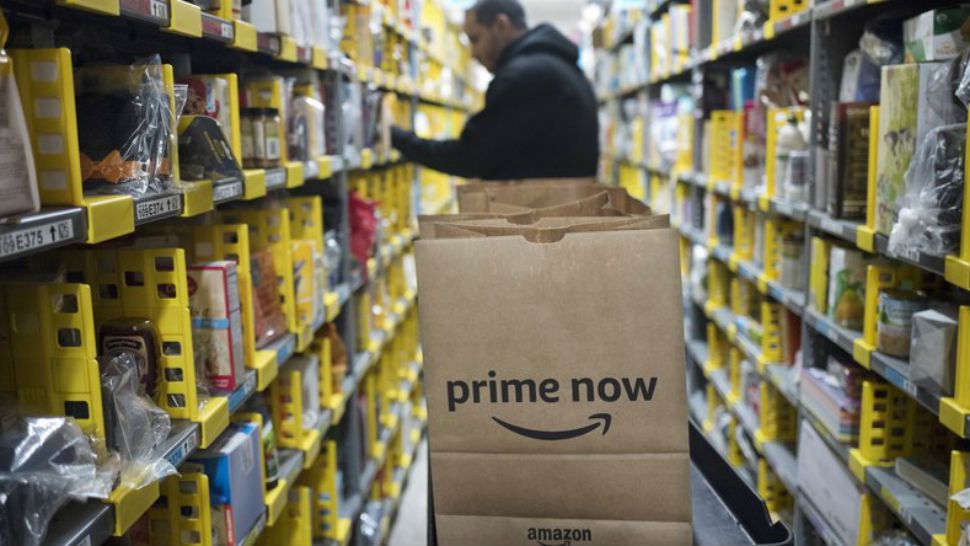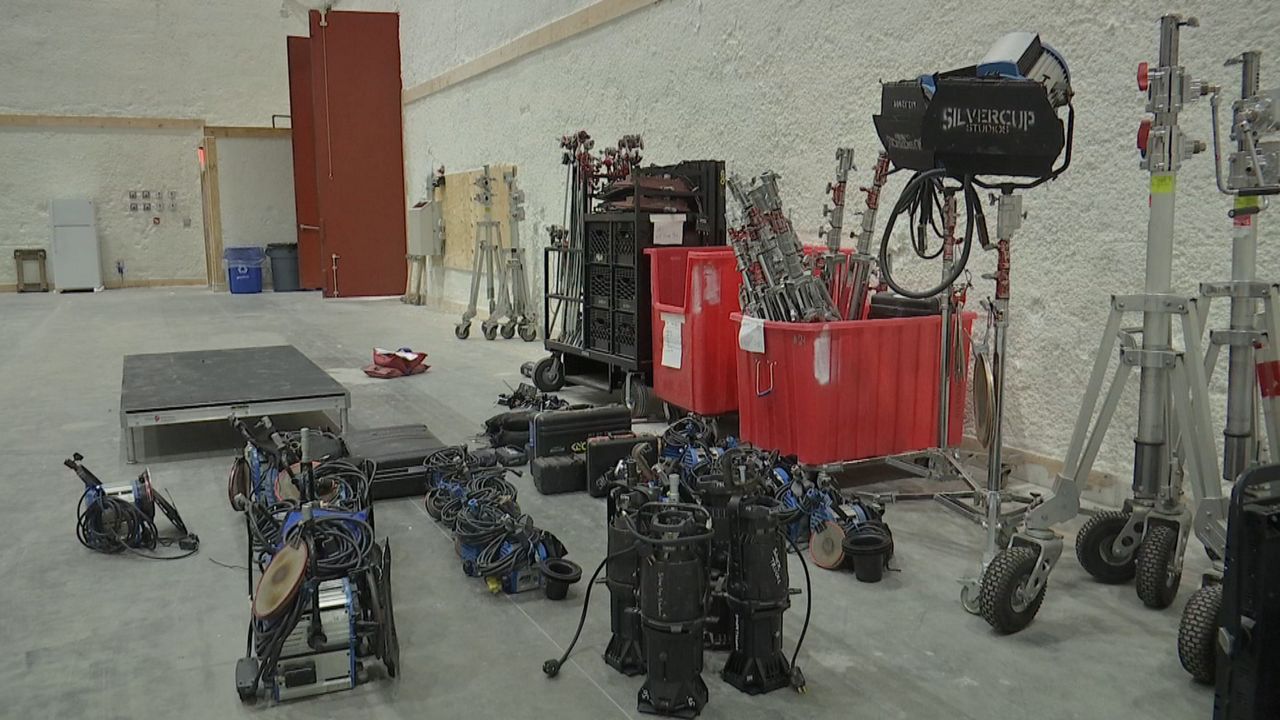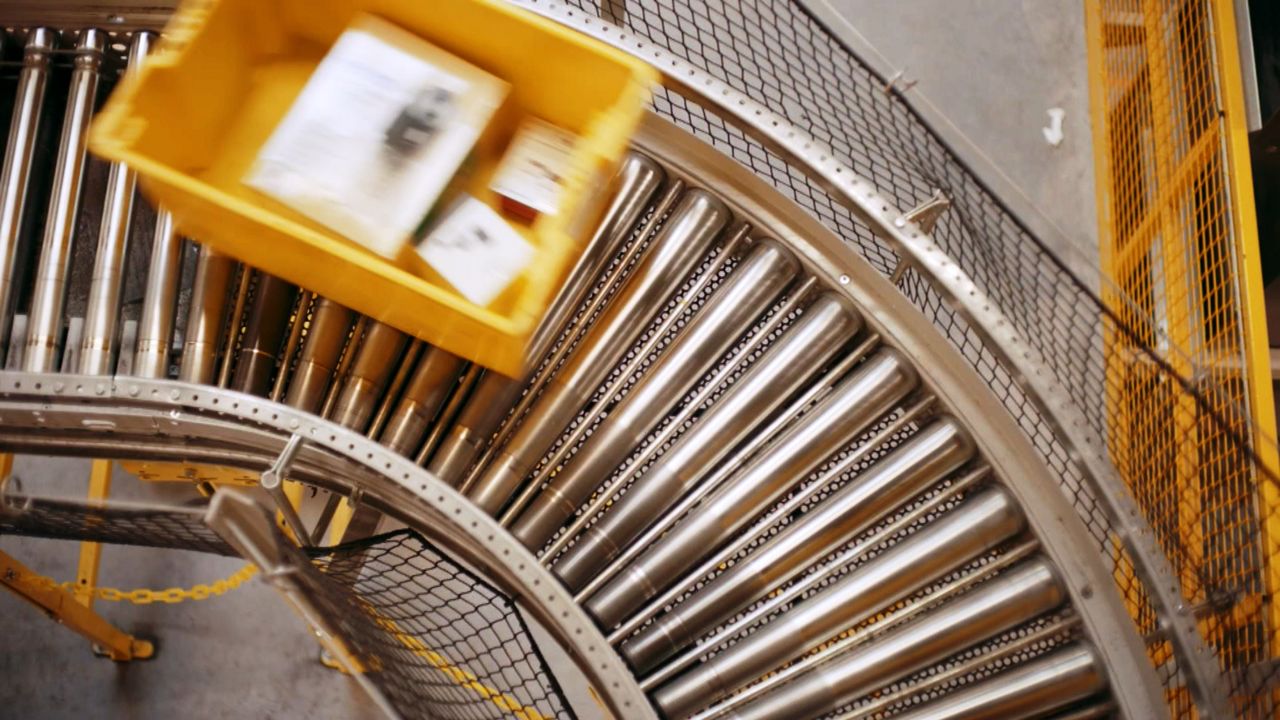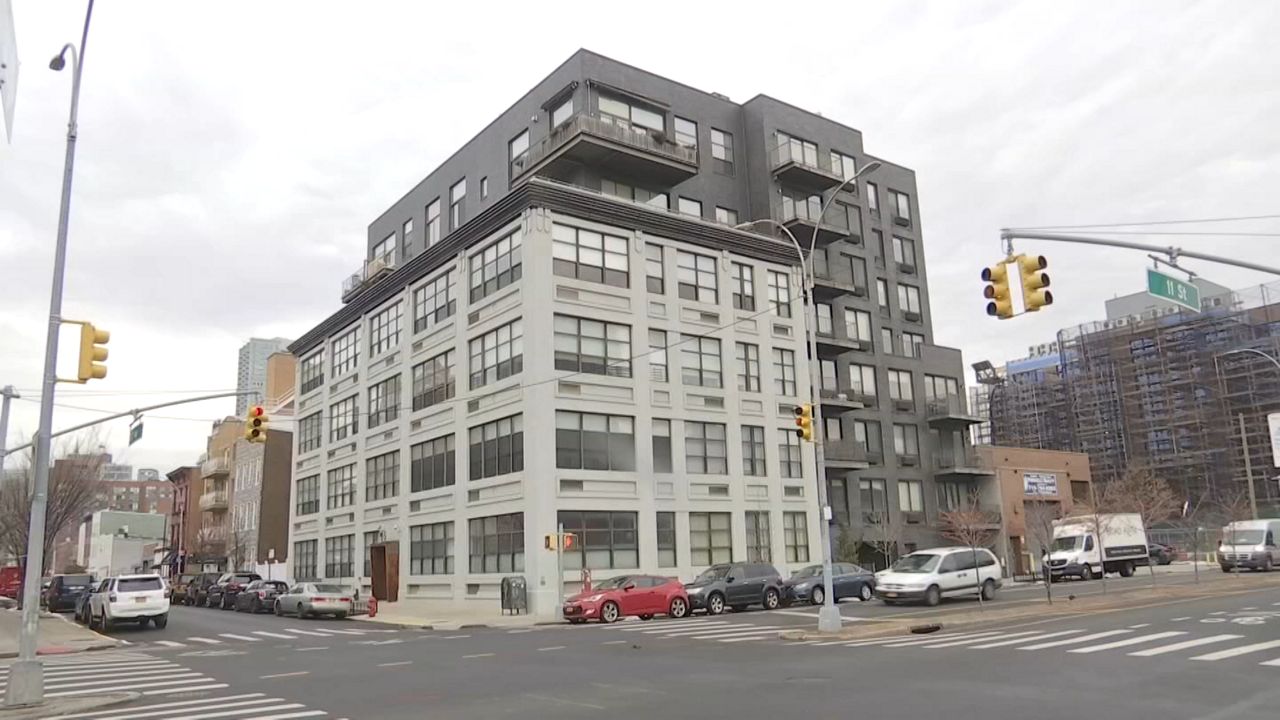People who oppose locating Amazon's second headquarters in New York City have expressed concerns about how the transit system will hold up from the added strain from a project that is expected to bring in 25,000 jobs for the New York City community, with the potential for 40,000 in 15 years.
Critics, including City Council Speaker Corey Johnson, cite a struggling subway system as one of their points of frustration over the fact that Amazon will receive $2.8 billion in tax breaks and grants to locate one of their two HQ2 locations in Long Island City.
"We have a crumbling subway system, record homelessness, public housing that is in crisis, overcrowded schools, sick people without health insurance, and an escalating affordable crisis," Johnson said at a City Council hearing in December. "Is anyone asking if we should be giving nearly $3 billion in public money to the world's richest company, valued at $1 trillion?"
Other officials say the investment will pay for itself nine times over thanks to $27.5 billion in estimated city and state tax revenue. Governor Andrew Cuomo has argued that revenue could help fund anything from schools to subway repairs.
In its announcement, Amazon said it will also invest in infrastructure improvements and new green spaces, but it's unclear whether any of Amazon's infrastructure investment would go toward improving transit in the neighborhood.
According to an Associated Press report from November, while an expansion of the scope of Amazon's in a city such as New York sounds like something that city's expansive transit system should be able to absorb, some experts say that's not the case.
"Congestion will get worse. Buses will probably get a little bit slower. There are going to be more people traveling at a specific time of day to a specific place," Eric Guerra, assistant professor of city and regional planning at the University of Pennsylvania, told the AP in November. "But at the same time, they will create a lot of jobs where people are."
Amazon will initially set up near Court Square, which is home to the E, G, M, and 7 lines. The station already averaged 23,672 weekday riders in 2017, according to the MTA, leading to concerns about how the expected influx of thousands of new commuters every day will impact the stations and lines.
"The stations need to be addressed," Lisa Daglian, executive director of the Permanent Citizens Advisory Committee to the MTA, said when the deal was announced in November. "They're dark, they're overcrowded, they're antiquated. There have been some upgrades that are being made to them, but to really be able to address the number of people that are coming into the community, there has to be investment in transit."
"People are also going to clog the subway stations," Chelsea Connor, communications director with the Retail, Wholesale and Department Store Union, said at a rally in November. "I actually live here myself. I often have to let three and four subways go before I can get on one. It's only going to create more of a mess."
Mayor Bill de Blasio said the headquarters is located perfectly for employees to utilize mass transit, but added that the system will need improvements.
"Obviously, a lot of people who are going to Amazon to work are going to either choose to live in the neighborhood or reverse-commute in some places from other parts of the city. But ultimately, we need to invest more in mass transit in Long Island City," he said.
De Blasio also touted the potential addition of a Long Island Rail Road (LIRR) station in Long Island City, as well as a shuttle bus linking to the city's NYC Ferry service.
According to an Associated Press article from November, Amazon also won the rights to a helipad at its Long Island City location, though the company had to agree to limit landings to 120 per year.
"For the city and state to greenlight a helipad for the wealthiest man in the world and one of the richest corporations in the world is a slap in the face to all New Yorkers, but particularly the people in Queens who have to fight to get on the 7 train in the morning," City Councilman Jimmy Van Bramer, a Democrat who represents Long Island City, told the Associated Press at the time. "And furthermore, if there were 25 to 30,000 Amazon employees in Long Island City, that fight to get onto the train is going to get a lot more intense."
Information from the Associated Press was used in this report.




